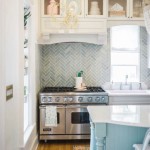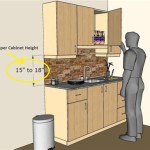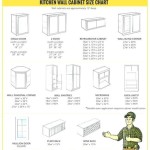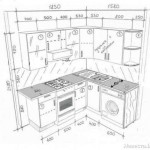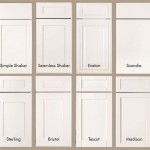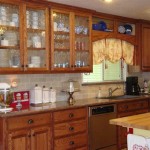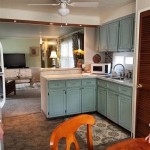Is Chalk Paint Ok For Kitchen Cabinets?
Chalk paint has become increasingly popular for furniture makeovers and home decor projects due to its versatility, ease of use, and ability to create a vintage or distressed look. However, when it comes to kitchen cabinets, which endure daily wear and tear and exposure to moisture and grease, the suitability of chalk paint raises concerns.
To determine whether chalk paint is an appropriate option for kitchen cabinets, it is crucial to consider its properties and limitations in relation to the specific demands of a kitchen environment.
Characteristics of Chalk Paint
Chalk paint is a type of water-based paint that typically contains chalk, calcium carbonate, and pigments. It adheres well to various surfaces, including wood, metal, and glass, and dries to a matte or flat finish. Chalk paint is known for its ease of application, minimal brushstrokes, and ability to create a distressed or aged effect through sanding or waxing.
Durability and Moisture Resistance
Durability is a primary concern when choosing paint for kitchen cabinets. Kitchen environments expose cabinets to frequent use, cleaning, and exposure to moisture and grease. While chalk paint can provide a durable finish on furniture and decor items, its moisture resistance capabilities are limited.
Chalk paint is not inherently waterproof or moisture-resistant. Exposure to water or high humidity can cause the paint to soften, chip, or peel. This makes it unsuitable for areas that experience regular spills or require frequent cleaning with water or cleaning agents.
Heat Resistance
Heat resistance is another important factor to consider, especially for kitchen cabinets near ovens or cooktops. Chalk paint is not heat-resistant and can discolor or burn if exposed to high temperatures. Therefore, it is not recommended for use on kitchen cabinets directly exposed to heat sources.
Cleaning and Maintenance
Cleaning and maintaining kitchen cabinets is essential to preserve their appearance and hygiene. Chalk paint requires proper care to prevent damage or deterioration.
Chalk paint should not be cleaned with abrasive cleaners or harsh chemicals, as these can damage the finish. Instead, use mild soap and water and avoid excessive scrubbing. It is also advisable to apply a protective sealant or wax over the chalk paint to enhance its durability and moisture resistance.
Pros and Cons of Using Chalk Paint on Kitchen Cabinets
Pros:
- Aesthetically pleasing: Can create a unique and stylish look
- Easy to apply: Minimal brushstrokes and dries quickly
- Versatile: Can be used on various surfaces and creates different effects
Cons:
- Not moisture resistant: Can chip or peel when exposed to water or moisture
- Not heat resistant: Can discolor or burn near heat sources
- Requires careful cleaning and maintenance: Protective sealant or wax needed
Conclusion
While chalk paint offers a charming aesthetic and is easy to use, its limited moisture and heat resistance properties make it unsuitable for kitchen cabinets subjected to frequent use, cleaning, or exposure to moisture and heat. For kitchen cabinets, it is recommended to consider alternative paint options that provide better durability, moisture resistance, and ease of maintenance.

Painting Kitchen Cabinets With Chalk Paint Simply Today Life

Chalk Painted Kitchen Cabinets 2 Years Later Our Storied Home

How To Paint A Kitchen With Chalk Maison De Pax

Chalk Paint Kitchen Cabinets 2 Amazing Before Afters And How To The Interiors Addict

Why I Repainted My Chalk Painted Cabinets Sincerely Sara D Home Decor Diy Projects

Chalk Painted Kitchen Cabinets 2 Years Later Our Storied Home

Paint Your Kitchen Cabinets With Chalkboard Jessica Rayome

Why I Repainted My Chalk Painted Cabinets Sincerely Sara D Home Decor Diy Projects

My Chalk Painted Cabinets 4 Years Later How Did They Do Artsy Rule

Why I Repainted My Chalk Painted Cabinets Sincerely Sara D Home Decor Diy Projects
Related Posts

